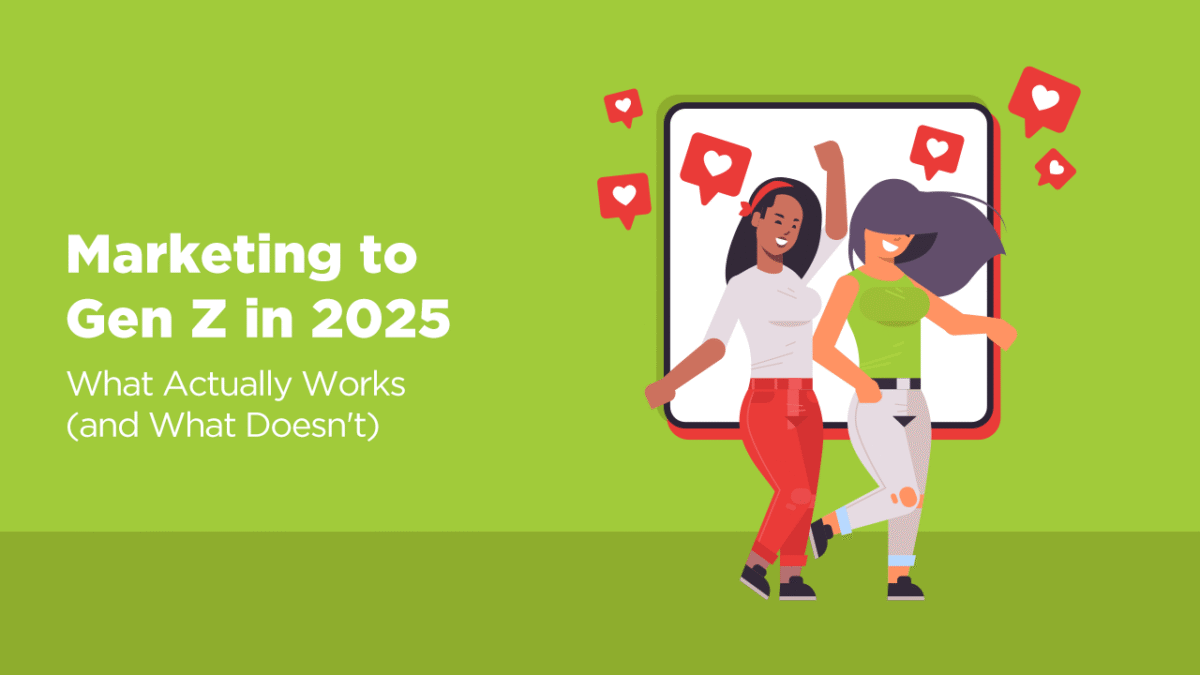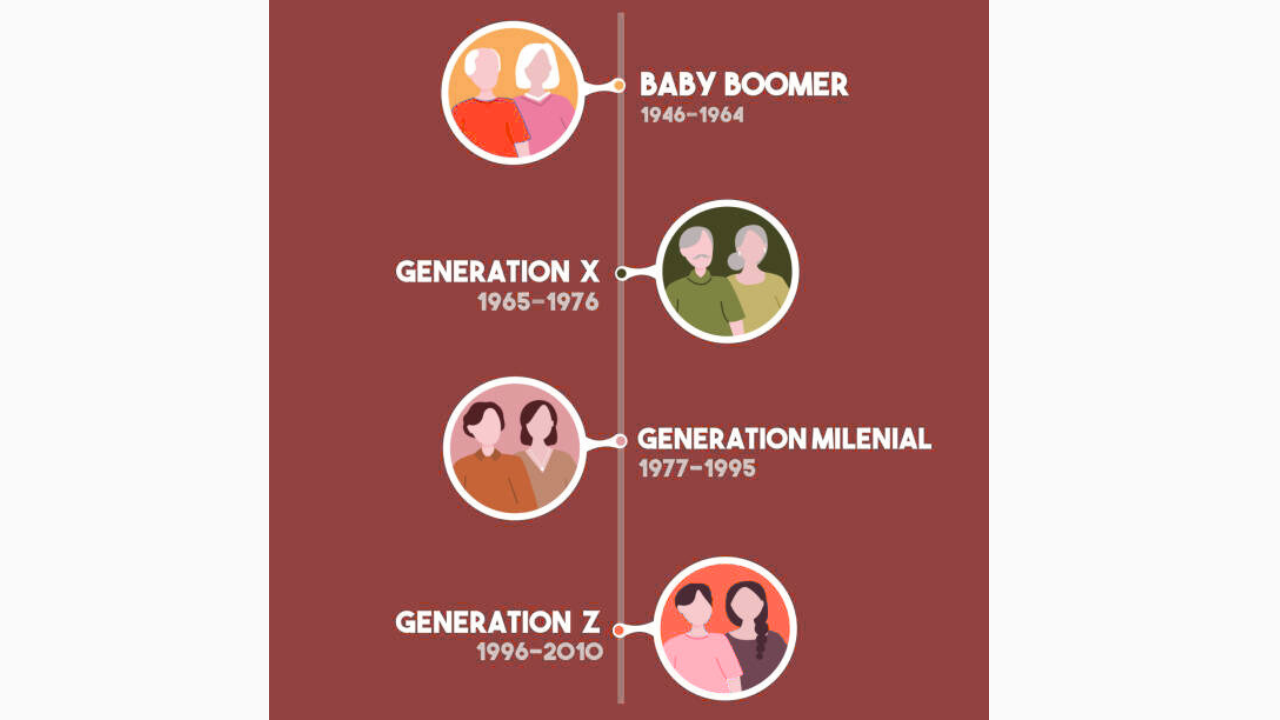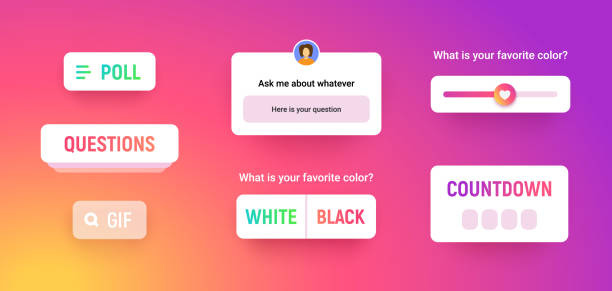
Swipe right, and there they are, Gen Z.
They’re digital natives living on TikTok, Instagram, YouTube, and more. But they’re not just scrolling, they’re creating, critiquing, and shaping culture. Their attention isn’t automatic; it’s earned. According to HubSpot, 57% of Gen Z use short-form videos to discover or research products.
But if content feels fake or forced, they’ll scroll right past. As an affiliate marketer, this presents an opportunity: meet them where they are, stay authentic, and create content they actually want to watch. Let’s talk about what is actually in Gen Z marketing trends in 2025.
Gen Z refers to people born roughly between 1996 and 2010. In 2025, they’re aged between 15 and 29, meaning they’re not just teenagers anymore. They’re college students, entry-level professionals, early parents, entrepreneurs, and most importantly for marketers, a dominant consumer force.
What sets them apart isn’t just age, it’s the way they interact with the world. They’ve grown up with smartphones, Wi-Fi, and social media as the norm. Unlike Millennials, who witnessed the digital shift, Gen Z has never known a world without it.

They value authenticity, speed, inclusivity, and purpose. They don’t trust traditional ads, but they do follow creators. They scroll fast, engage with content that feels real, and will quickly click away if something feels off.
Gen Z doesn’t simply “go online”; they live across platforms, especially short-form video spaces. Their digital journey flows naturally between YouTube Shorts, TikTok, and Instagram Reels/Stories, making mobile-first content their default experience. According to Statista, YouTube is the most popular social media platform among Gen Z marketing trends, with 96% of respondents using it, followed by TikTok and Instagram.
They spend over 3 hours daily watching mobile video, but they’re not just scrolling, researching, discovering, and deciding. TikTok, for instance, has become a search engine for everything from beauty finds to tech gadgets.
For affiliates, this means one thing: platform-native content is non-negotiable. Gen Z can spot recycled content instantly. If it doesn’t match the tone and format of the platform, whether it’s trending sounds on TikTok or snappy Reels, it won’t perform.
Success lies in speaking their language, where they already are, and doing it natively.
Short-form video is how Gen Z consumes the internet. With attention spans dropping and endless content at their fingertips, videos under 90 seconds consistently see 2–2.5× higher engagement compared to longer formats (Firework). And more importantly, over *half of Gen Z uses short videos to discover products, which makes this format gold for affiliates.
To convert their interest into clicks, every second matters. Here is what works best for affiliates:
Hook in 3 seconds: Start with a bold statement or visual, “Wait till you see this!” or “I just tried this skincare hack…”. Show the product right away: No intros, no waiting. Gen Z marketing trends include scrolling fast and getting to the point. Additionally, use captions, as many Gen Z viewers watch on mute, so ensure your key message lands even without sound. End with a natural CTA, for example, A soft nudge like “Link in bio if you want to try it” feels more authentic than a sales pitch.
You can try high-performing formats like:
In 2025, if you’re not using short-form video in your affiliate Gen Z marketing strategies, you’re leaving Gen Z conversions on the table.
Gen Z sees right through polished studio promos. What stops their scroll? Real people. Real reactions. Real results. That’s why User-Generated Content (UGC) and creator collaborations outperform traditional ads, not just in reach, but in trust and conversions.
According to The Times and Vidico, UGC can drive up to 85% higher conversion rates than polished branded content. Why? Because it looks and feels like the Gen Z marketing trends that Gen Z would create, or trust.
For affiliates, here’s the winning formula:
UGC isn’t just cost-effective, it’s believable. And when it’s paired with affiliate links, it keeps your promotion organic while still driving measurable results.
Gen Z doesn’t jump between apps to buy; they want to shop where they already hang out. Whether it’s TikTok or Instagram, platforms are turning into storefronts, and Gen Z is buying in.
According to Hootsuite, 83% of Gen Z shoppers have made purchases directly from social platforms. That makes social commerce one of the most powerful affiliate channels in 2025.
What you, as an affiliate, should do:
If you make it seamless to scroll, click, and buy, Gen Z will reward you with conversions.
Gen Z doesn’t just consume, they co-create. They love brands (and creators) who involve them, listen, and build content together. According to the International News Media Association (INMA), interactive tools like polls and Q&As can double engagement. And that engagement turns into trust, which turns into conversions.

How you can tap in:
Such Gen Z marketing trends make them feel seen, and when they feel seen, they buy.
Gen Z shops with intention. They support products that reflect their values, and avoid brands that don’t walk the talk. According to INMA, 86% of Gen Z say brand authenticity is key to loyalty. That means being clear, honest, and value-aligned isn’t optional; it’s essential.
Here is what you can do:
Values aren’t a side note for this generation; they’re the reason they buy. Tap into that with integrity.
Gen Z doesn’t respond to pushy selling. They want honesty, raw, real, and clear. They’re quick to unfollow or ignore content that feels overly polished or lacks disclosure. Hence, you need to disclose always. Use #ad or “affiliate link” clearly; it builds trust, not doubt. Always share your honest take. Mention what you like and what could be better. That credibility makes your word count. You can also show real proof, like screenshots of reviews, product feedback, or your own results, that work better than polished brand claims. This isn’t about being perfect, it’s about being believable.

Even the best content will fail if your link is slow or clunky. Gen Z expects things to work fast, especially on mobile. According to Hootsuite, most users leave if a page takes more than 3 seconds to load. That’s especially true on mobile, where Gen Z spends most of their online time.
Make sure your setup delivers:
Affiliate success often comes down to one thing: how smooth that click-to-cart path feels.
Guessing won’t cut it in 2025. Gen Z marketing strategies evolve fast, and the only way to stay ahead is by tracking what actually works. Always keep track of click-through rates (CTR) on your links, conversion rates per platform (Instagram vs. YouTube Shorts, for example), watch time, and engagement on videos. And most importantly, Content ROI: What format drives the most sales?
Start simple: A/B test your thumbnails, headlines, or video hooks. Use affiliate dashboards and link trackers to see patterns. Then keep what converts, and drop what doesn’t. The best Gen Z strategies aren’t just creative. They’re tested, tweaked, and proven.
Not everything flies with Gen Z, no matter how big your budget is. Here’s what to avoid if you want real traction:
Winning Gen Z’s attention doesn’t take flashy ads or forced messaging; it takes content that feels real, fast, and made for the platforms they actually use. If you’re an affiliate looking to stay ahead in 2025, focus on trust, mobile-first content, and values that align with this generation’s mindset.
That’s exactly where vCommission fits in. From top-performing campaigns to real-time tracking and strong creator partnerships, we make it easier for affiliates to connect with Gen Z the right way. No guesswork. Just tools that work, and support that scales with you, with the best affiliate marketing strategies.
Want to meet Gen Z where they are? We’re already there.